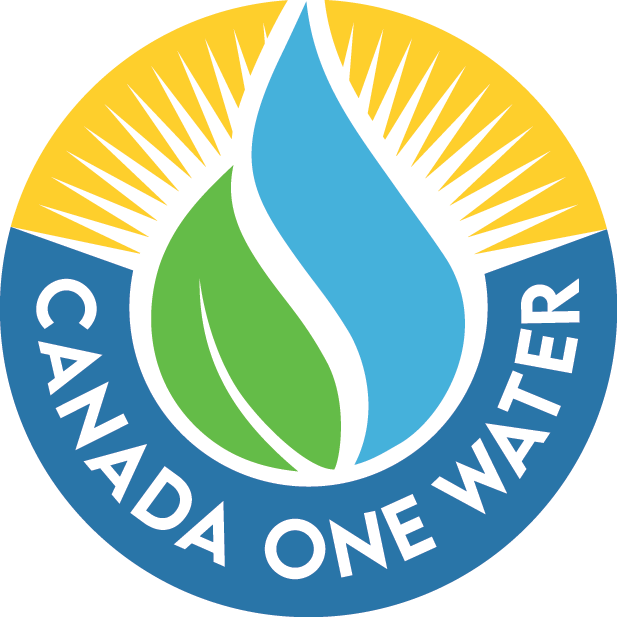The Conversation - Water is the other US-Mexico border crisis, and the supply crunch is getting worse
“Reliance on aquifers is growing as surface water supplies dwindle. Some 80% of groundwater used in the border region goes to agriculture. The rest is used by farmers and industries, such as automotive and appliance manufacturers.”
This recent article from The Conversation highlights how worsening water scarcity along the United States - Mexico border is creating a growing crisis for millions of people on both sides. Climate change is driving prolonged droughts, rising temperatures and declining surface and groundwater supplies, exacerbating water stress in one of the most arid regions in North America. Experts warn that existing water treaties between the two nations are outdated and insufficient to manage the worsening crisis.
The article emphasizes that key cross-border water sources, including the Colorado River and the Rio Grande, are under immense strain. The Colorado River — which provides water to nearly 40 million people for municipal use, and supplies water to irrigate nearly 5.5 million acres of land — now rarely reaches the Gulf of California, while the Rio Grande — vital for communities in Texas and northern Mexico — has seen its flow dramatically reduced. Over-extraction, pollution and rising demand from agriculture and industry are further depleting limited supplies, forcing many communities to rely on severely over tapped and contaminated aquifers.
Experts stress that tensions over water allocations between the U.S. and Mexico are escalating. Mexico has repeatedly struggled to meet its treaty obligations for water deliveries, leading to protests and diplomatic disputes. Meanwhile, climate projections suggest even greater instability ahead, with shrinking snowmelt, unpredictable precipitation, and an increased risk of extreme weather events. Without significant policy updates and binational cooperation, the region faces worsening shortages, economic disruptions, and heightened geopolitical tensions.
As global water scarcity intensifies, initiatives like the Canada1Water project (C1W) become increasingly vital. C1W provides critical data on climate related stresses to our water systems, helping policymakers and researchers develop informed, science-based strategies to address the growing challenges of water governance and security.


